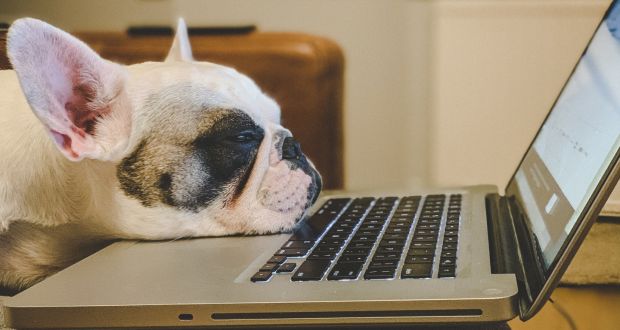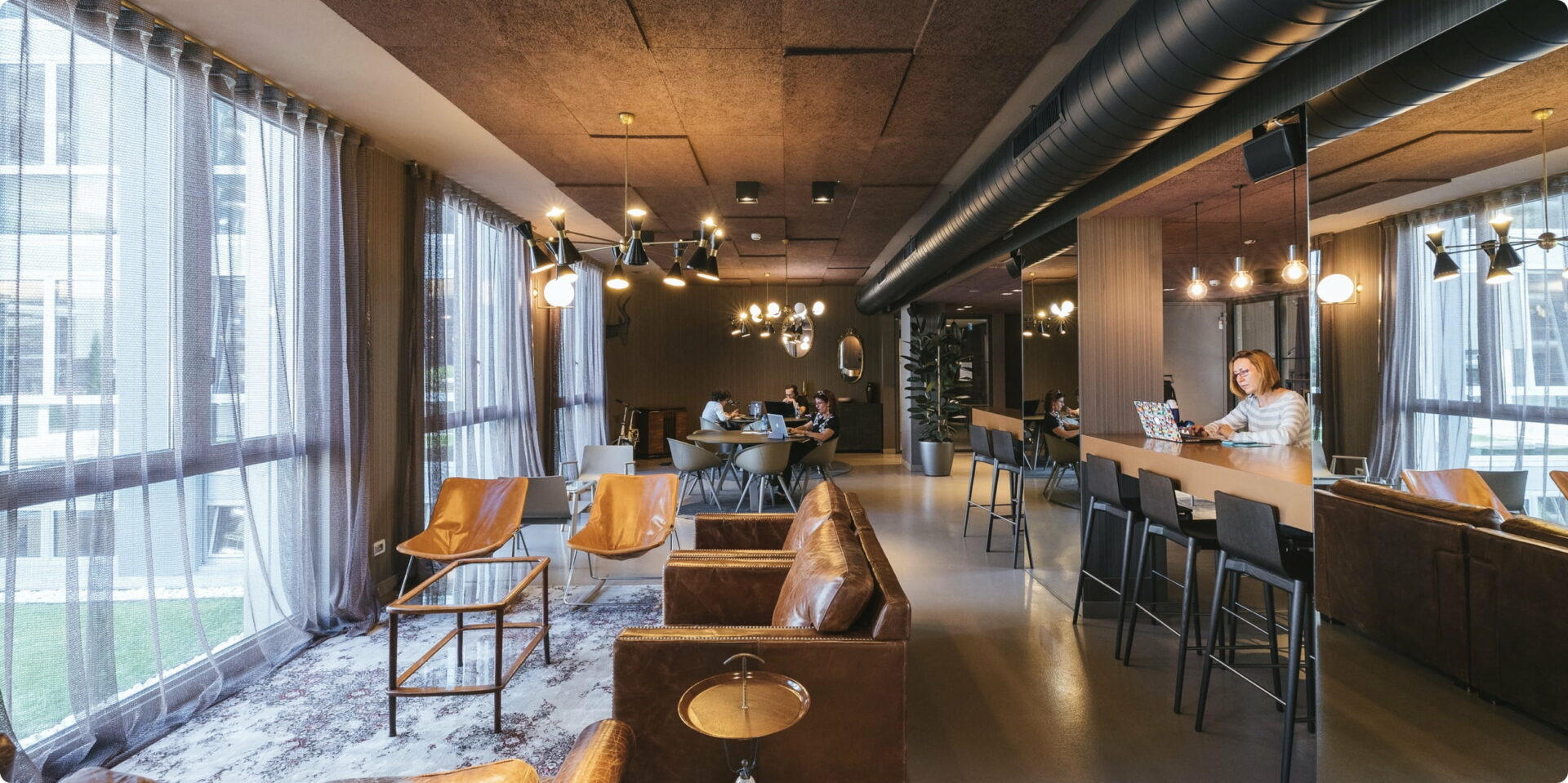In association with Great Place to Work
We’ve had to make a huge adjustment in the way we work over the past couple of years, with the rise of remote and hybrid working, and a ramping-up of health and safety protocols, all designed to manage and mitigate the effects of Covid-19. But even before coronavirus, the world of work was going through some seismic changes, as employees pushed for better work-life balance, and employers saw the benefits of making the workplace an environment in which staff can thrive, be more engaged with the company’s vision, and be more motivated and productive.
Technological advances have also fueled huge changes in how we work, with smartphones and social networks making it easier to keep teams connected, and platforms such as Microsoft Teams allowing for teams to collaborate on projects even when they’re scattered across all four corners of the globe.
Terms of employment have changed too, with permanent, pensionable jobs becoming a rarity, and the gig economy and contract working becoming the norm.
Other changes in the workplace have come more gradually – and some, such as gender equality – are moving at such a glacial pace you wonder if there’s any progress being made at all. In an October 2019 report for the British government on Women’s Progression in the Workplace, Laura Jones of the Global Institute for Women’s Leadership at King’s College London identified the continuing difficulty of balancing work demands and caring responsibilities as a barrier to women’s career progression.
With companies expecting their employees to work long hours and be always available, many women are still being forced to choose between the boardroom and the nursery.
Six ways the world of work has changed in the past 20 years
Smart tech
We’re a long way advanced from typewriters and Rolodexes, but even up to 20 years ago, offices were stuffed with clunky machinery needed to keep the wheels of commerce moving. But when smartphones hit the scene in the early 2000s, it ushered in the era of multitasking tech – gadgets that could perform a range of office tasks, such as emailing, copying, storing files, making phone calls and even pumping out the office muzak.
Companies have harnessed social media to keep their workforce connected – and to connect with their customers and clients. And tech platforms such as Dropbox and Microsoft Teams – and more recently Zoom – have changed the way we collaborate on work projects.
For companies and employees, tech brings a lot of positives, but there are also possible downsides, warns Great Place to Work CEO, Cathal Divilly. “Using tech with the wrong workplace culture, workers could feel they can’t disconnect. The boss might be emailing them at all times of the evening, and people might feel more pressured to work outside office hours.”
It’s important to set tech boundaries, says Divilly, to avoid getting that “ping of anxiety” on your phone in the dead of night.
Wellbeing/mental health
In the bad old days of work, if you confided in your boss that you were feeling a bit stressed and overwhelmed, you’d be quickly told to shape up or ship out. Over the past 20 years, however, employers have cottoned on that a healthy, happy workforce is a productive one, and have introduced health initiatives to keep their staff in tip-top shape both physically and mentally. More companies offer health insurance schemes, and HR departments are better focused on wellbeing and mindfulness in the workplace.
“It’s great that there’s more of a focus on wellbeing,” says Divilly. “Many companies are trying to hit that sweet spot between performance and wellbeing. But it’s important to take a strategic approach to health in the workplace, and not just box-ticking.
Some companies are training their leaders to be able to support staff members on the job and have those difficult conversations around stress and mental health.”
Flexible working
In early 2020, we saw the greatest workforce migration ever, as staff suddenly cleared their office desks and began working from home. But long before the pandemic, the move to flexible working was already in train, helped by technology, which allowed many jobs to be done remotely. If the past two years have done anything, it’s reassured bosses that remote and hybrid working won’t impact on their bottom line – in fact, it could vastly improve it.
Workplace layout
There was a time when the cubicle ruled the workspace, but over the past two decades it has given way to more open office layouts to allow for greater interaction between workers, and also to create a more relaxed, collegiate atmosphere.
There was another good reason for making offices open plan: with company structures becoming less hierarchical and more linear and collaborative, there was no need for workers and management to be segregated – open plan sent out a signal that everyone, even the boss was accessible at any time.
In recent years, as technology allows people to be less tied to their desks, the idea of hot-desking and working in pods has gained traction. With staff able to work online via Google or Microsoft Teams, and log in on any computer or on their laptop, there’s less need for having your own desk in a fixed position.
Diversity
Workforces have become more diverse over the past 20 years – and it’s not just different races, religions and cultures sharing workspace – it’s also a generational diversity. Your average workplace is likely to have staff members of all age groups, from millennials to Gen X and Y to baby boomers.
Ageism is no longer acceptable in the workplace – and good companies are valuing the experience of their older staff members, and seeing the benefits of having different age perspectives to solving problems and setting goals.
Women in business
While the glass ceiling has cracked in many corporate settings over the past 20 years, it still hasn’t been completely smashed. According to the Women’s Progression in the Workplace report, the gender pay gap is still alive and kicking, even at the upper rungs of the corporate ladder.
Between men and women in their 20s, during the early years of their working lives, the wage gap is negligible, but as men go up the career ladder, their pay increases over the next several years, while women’s wages stagnate.
And long before that glass ceiling comes into view, women in lower-paid jobs have to contend with “sticky floor” syndrome, ie they are less likely to move up from their low-paid jobs, while men use the same jobs as springboards to promotion and better jobs.
Improvements in maternity leave entitlements are making it easier for women to balance a career and motherhood, and new legislation on paternity leave in 2016 means new fathers are entitled to take two weeks off anytime within six months of their child’s birth. This will prove a real help to women hoping to get back into work quickly.
“There’s still a lot to do in this regard,” says Divilly. “Some workplaces are making great strides in how they support female colleagues – keeping them informed and engaged and connected to the workplace while on maternity leave.
There’s a move towards a more human connection when it comes to the lived experience of women in the workplace, and the more a company can show up for its female staff, the more it will be talked about as a great place to work.”










